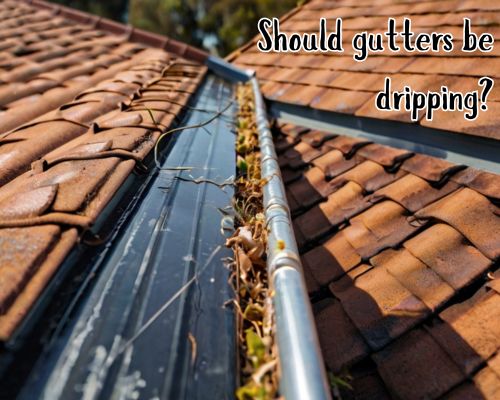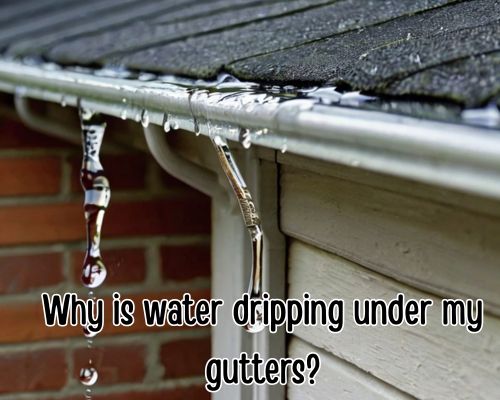How Do You Calculate Roof Design? A Practical Guide for Homeowners in New Jersey
How Do You Calculate Roof Design? A Practical Guide for Homeowners in New Jersey
When it comes to home construction or renovation, one of the most crucial—yet often overlooked—aspects is the roof design. Whether you’re building a new property or replacing an aging roof in New Jersey, understanding how to calculate roof design is key to ensuring structural integrity, energy efficiency, and curb appeal.

With Charles Jimerson of CJ Commercial Roofing NJ, we will walk you through the essential steps and factors involved in roof design calculation, tailored to the unique climate and architectural styles found throughout New Jersey, including urban zones like Newark, Jersey City, and suburban communities like Princeton and Cherry Hill.
Why Roof Design Calculation Matters in New Jersey
Calculating roof design isn’t just a technical formality—it plays a direct role in:
- Weatherproofing (snow loads, heavy rain)
- Ventilation and insulation
- Roofing material compatibility
- Energy efficiency
- Compliance with New Jersey building codes
New Jersey experiences a humid subtropical climate, especially along the coast, and continental conditions inland—making precise roof calculations essential to withstand both hot summers and snowy winters.
Core Factors to Consider When Calculating Roof Design
1. Roof Pitch (Slope)
Roof pitch—the steepness of your roof—is one of the first variables you need to calculate. It’s usually expressed as a ratio of vertical rise to horizontal run (e.g., 4:12 means a 4-inch rise for every 12 inches of run).
How to Calculate Roof Pitch:
- Measure vertical rise (height from base to peak).
- Measure horizontal run (distance the roof covers).
- Use this formula:
Pitch = Rise / Run
Why it matters in New Jersey: A steeper pitch (like 6:12 or 8:12) helps with snow shedding and water runoff, which is critical during Nor’easters or coastal storms that frequently affect areas like Atlantic City or Toms River.
2. Roof Area
Knowing the surface area of your roof is essential for estimating material requirements and costs.
How to Calculate Roof Area:
For a simple gable roof:
- Multiply the length and width of your home.
- Adjust for pitch using a roof pitch multiplier:
- 4:12 pitch = 1.054
- 6:12 pitch = 1.118
- 9:12 pitch = 1.25
Formula:Total Roof Area = Base Area × Pitch Multiplier
📍Local Note: Roofing contractors in Bridgewater and Montclair often adjust estimates based on local zoning codes and lot sizes, which can impact total design scope.
3. Load-Bearing Requirements
New Jersey’s diverse weather patterns mean your roof must handle snow loads, wind loads, and live loads.
Load Calculations:
- Snow Load:
Use the ground snow load maps for NJ from the International Building Code (IBC). Northern towns like Hackettstown or West Milford see heavier snow loads. - Wind Load:
Coastal zones (e.g., Cape May, Long Branch) require roofs designed to withstand high wind uplift.
It’s strongly advised to consult a licensed structural engineer when determining load requirements, especially if you’re planning a custom roof design.
4. Roofing Materials and Weight
Different materials (e.g., asphalt shingles, metal roofing, slate, clay tiles) have varied weights and affect the structural demands of your roof.
| Material | Avg. Weight (lbs/sq.ft) | Durability |
|---|---|---|
| Asphalt Shingles | 2.5–4 | 15–30 yrs |
| Metal Roofing | 1.5–3 | 40–70 yrs |
| Slate Tiles | 8–15 | 75–100+ yrs |
🧱Pro Tip for New Jersey Homes: Metal roofing is gaining popularity in eco-conscious communities like Maplewood and Asbury Park, thanks to its recyclability and solar compatibility.
Step-by-Step Roof Design Calculation Example
Let’s say you live in Morristown, NJ, and are building a new roof for a rectangular home with the following dimensions:
- Width: 30 ft
- Length: 50 ft
- Roof Pitch: 6:12
Step 1: Calculate base area
30 ft × 50 ft = 1,500 sq. ft
Step 2: Use roof pitch multiplier (6:12 = 1.118)
1,500 × 1.118 = 1,677 sq. ft (total roof surface)
Step 3: Add waste factor (~10%)
1,677 × 1.10 = 1,845 sq. ft
So you’d need roofing material to cover about 1,845 sq. ft.
📌 Don’t forget to include valleys, dormers, and other architectural complexities in your final calculations.
Local Considerations and Building Codes
New Jersey municipalities often have specific building ordinances that dictate minimum pitch requirements, fire rating standards, and insulation R-values.
- NJ Uniform Construction Code (UCC) is the governing standard.
- Towns like Hoboken may restrict roof heights for row houses.
- Green building incentives (solar-ready designs) are supported in cities like New Brunswick.
Make sure your calculations align with both state and municipal codebooks, especially when filing permits.
Tools and Software for Roof Design Calculation
For homeowners or contractors who want a more technical approach, consider using:
- SketchUp (3D modeling software)
- RoofSnap (roof measurement and estimating)
- AutoCAD Architecture
- GAF Roofing Wizard (New Jersey licensed users get access to certified contractor tools)
These programs help automate the trigonometric aspects and are often used by pros in Union County and Somerset County.
Hiring a Local Roofing Professional in New Jersey
Even with all the formulas and tools, roof design remains part science, part art. Working with a licensed New Jersey roofing contractor ensures that all variables—especially load ratings, thermal performance, and storm resilience—are accurately calculated.
Look for roofers certified by:
- GAF Master Elite® Contractors
- CertainTeed SELECT ShingleMasters™
- Registered with the NJ Division of Consumer Affairs
🧠Pro Insight: Ask your roofer to explain how they calculate your roof’s dimensions. If they can’t show their math—walk away.
Final Thoughts: Design Smart, Build Strong
Calculating your roof design isn’t about hitting random numbers—it’s about understanding the math, materials, and mechanics behind one of your home’s most critical structures.
Whether you’re in Hoboken, Red Bank, or Parsippany, a properly calculated roof will:
- Extend your home’s lifespan
- Increase resale value
- Protect against costly future repairs
- Optimize energy usage
Don’t cut corners. Be informed. And when in doubt, call in a pro who knows how to build a roof that’s Jersey tough.

